|
Private Arthur Moore
South Wales Boarders
6th March - 14th April 1945 Liberation of Arnhem
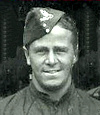
6th March 1945
Arthur Moore was transferred to an infantry regiment the South Wales Borderers in the rank of private, Army number 984130. (CTBA to 2 Surrey draft RPAQO). Taken on the strength of the 2nd Battalion 24th Regiment of Foot South Wales Borderers. Each regiment had its own support company that usually contained anti-tank, machine gun, mortar, pioneer and reconnaissance platoons. Anti tank platoon in 1945 were normally equipped with 6pdr guns. It is reasonable to presume that Arthur was posted to this platoon because of his gunnery skills but he may have just been recruited to the regiment as a foot soldier.
7th March 1945
Embarked for north west Europe
The South Wales Borderers had fought in Norway in 1940. They landed in Normandy on D-Day 6th June 1944 in the second wave. They held the distinction of having covered more ground than any other unit and capturing all their objectives on the first day of the attack. They were involved in bitter fighting for the next 8 months. The battle for the heavily defended Chateau de Sully in the heart of the Normandy bocage country caused a number of casualties, as did the attack on Caen. The South Wales Boarders also suffered heavy casualties in the heavy fighting for Falaise.
11th March 1945
The 2nd Battalion 24th Regiment of Foot South Wales Borderers relieved the Hallamshire Battalion at Andelst and Zetten south west of Arnhem, Holland. The ice and snow had gone. The area was badly scarred by previous battles. ‘B’ Company of the 2nd Battalion 24th Regiment of Foot South Wales Borderers suffered more than most, as there area was full of dead animals and Germans. The Dykes were stagnating and dead bodies floated in them. The smell around the fortified castle that was occupied on 12th was particularly sickening. The field Hygiene section came and investigated the problem. They gave orders for mass burials to take place.
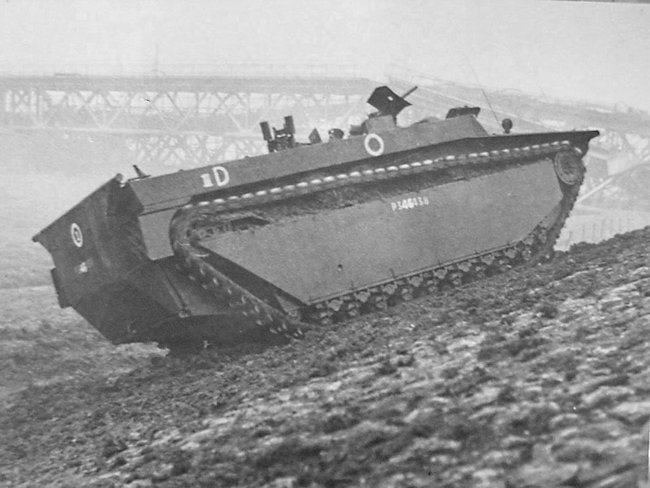
12th - 13th March 1945
The company positions were moved northwards near to Randwijk north of Zetten and west of Arnhem. The enemy troops opposite the Battalion came from the traitor Dutch German SS Brigade.
14th March 1945
Information was received that the 346th German Army Division had moved from Rotterdam to towards this area. It was important to find out whether they had relieved or reinforced the Dutch German SS Brigade. Orders were given to get a prisoner. Several patrols were carried out.
17th March 1945
Lieutenant Brown with a patrol reached the road running south of Randwijk without meeting any enemy. From this patrol’s report it seemed possible that the enemy had withdrawn to north of the river Neder.
18th March 1945
Two daylight patrols were sent out to discover whether there were any enemy in the town of Randwijk. Both patrols made contact with the enemy and came under fire. That night the Royal Engineers put a class 40 bailey Bridge over the canal and next morning ‘C’ company took up position on the other side. There was no contact with the enemy at this stage.
21st March 1945
A night raid was planned to extract a prisoner to get more information. ‘A’ company with one platoon of ‘D’ company was given the task. They came into contact with the Dutch SS in the houses to the west and south west of Randwijk church, The patrol attacked and cleared them out of the houses. They escaped by retreating to take refuge in the church. As they ran for cover the patrol managed to shoot two of them but their comrades dragged them inside. The patrol searched the rest of the town and established that they were clear of the enemy. The Dutch SS had all taken cover in the strongly built defendable Church. There was about twenty of them and they had access to a liberal supply of captured British weapons, especially Sten and Bren guns as well as No36 Grenades. The company commander Captain A.F.Thompson ordered Piat anti tank guns to fire their projectile shells at the church door and for troops to follow up and assault the damaged door. Unfortunately the attacking British units found that the Piats had not had the desired effect and the door was not smashed down. Lt Goodwin was killed and one man wounded. Another attack was made from the north without success.

22nd March 1945
The battle at the church had put the rest of the attack behind schedule so therefore it was abandoned before daybreak at 0500hrs. Unfortunately the pre-arranged retreat light signal was observed by the enemy who called in an artillery bombardment along road from the church south to the little village of Indoornik. It caused only one casualty. At 1000hrs tanks were called up and they engaged the Dutch SS positions.
23rd March 1945
In the morning rocket firing Typhoon planes fired at their position. The orders authorising this advance were part of an allied deception designed to distract the enemy from the real main assault by 21 Army Group who were trying to cross the Rhine further to the south.
24th - 25th March 1945
Further night patrols were cancelled as there was a full moon. A 16 year old deserter from the German 5th Company 84 SS Brigade walked into British lines. He was a Dutchman and in a poor state both mentally and physically. He did give some useful information.
26th - 28th March 1945
The 2nd Battalion 24th Regiment of Foot South Wales Borderers were relieved by the Irish Regiment of Canada.
29th March 1945
The 2nd Battalion 24th Regiment of Foot South Wales Borderers were concentrated back at Ressen behind the front lines to the south west of Arnhem.
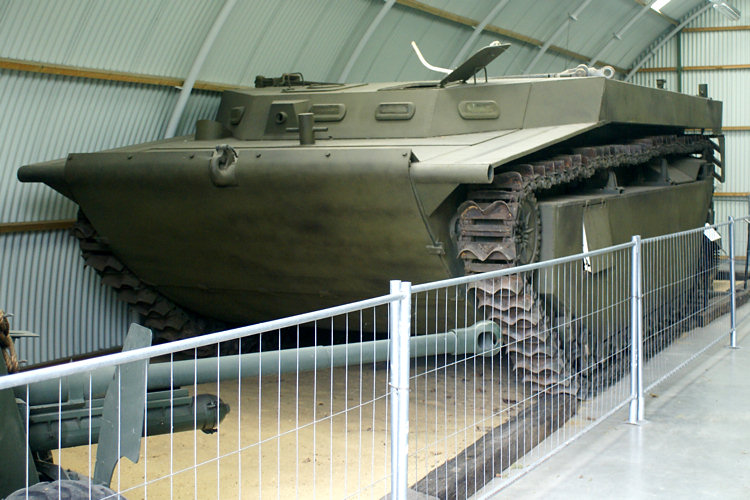
13th April 1945
Operation Anger was the name of the military operation to seize the city of Arnhem. It is also known as the second battle of Arnhem or the liberation of Arnhem. As the weather was getting better the next big advance was to try and capture Arnhem again and the high ground behind it. Ever since the unsuccessful but gallant fight of the 1st Airborne (red devil) parachute Division for Arnhem in Operation Market Garden during 17th-25th September 1944, the capture of Arnhem has been the next objective to take for the Allies.
A Buffalo of 79th Armoured Division on the banks of the River Ijssel at Arnhem, with the blown railway bridge in the background, 13 April 1945
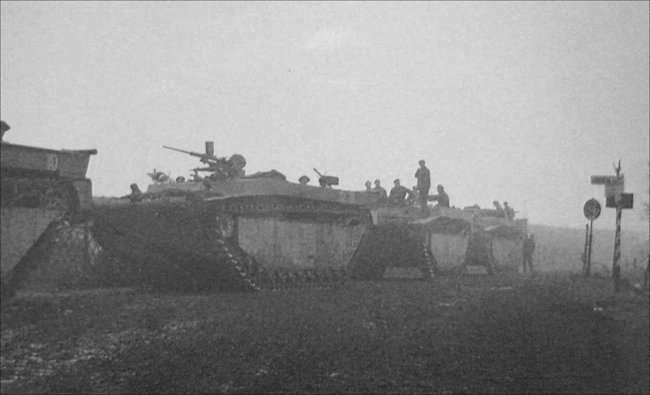
The plan was that the 56th Infantry Brigade should make the first crossing of the river Issel followed by the 146th and then the 147th brigade. Within the 56th Brigade the 2nd Gloucester were first to cross and form a bridgehead while the 2nd Battalion 24th Regiment of Foot South Wales Borderers and the 2nd Essex passed through and attacked Arnhem.
That evening at 10.40pm under the cover of darkness the 2nd Battalion 24th Regiment of Foot South Wales Borderers climbed into their American made Buffalo armoured amphibious troop carriers and moved towards the river Issel. The approach roads were few and an accurate traffic control system had to be deployed to get the correct units in the right place in the agreed order. The Royal Engineers had failed to blow a breach in the bank wall to allow the Buffaloes easy access to the river so they could swim across. The obstacle was negotiated. It was a clear night. The enemy’s shells missed the Battalion and they started to cross at 02.00hrs. They had to over come enemy land mines and heavy fire in their fight to over power German strongpoints. Soon the situation was stabilised enough for a prefabricated pontoon Bailey bridge to be launched to enable more troops to cross the river faster.
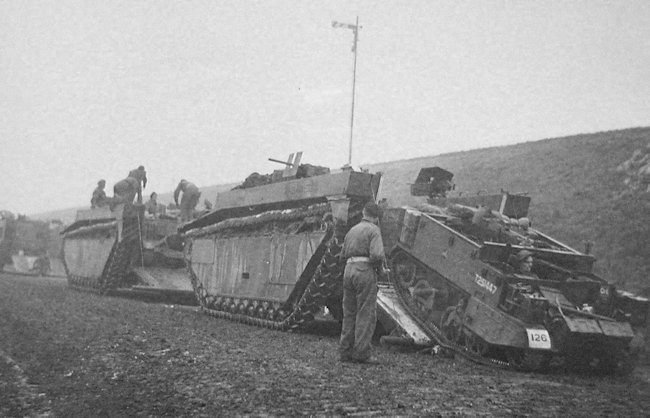
By 07.20hrs everyone was over. Opposition was slight although the enemy’s mortars were very active. Three men were killed and eight wounded. As soon as they were on the east bank of the River Issel the companies began to advance on Arnhem. The enemy was much less in evidence than expected. But street to street fighting is never easy and the amount of demolished houses made it harder to clear each road. Canadian troops crossed the river and passed through Arthur’s unit and into the city. Tank support arrived just before 9am and were used to clear enemy strong points, snipers and machine gun nests. By nightfall, 24hrs later, the Battalion was firmly established in the centre of Arnhem.
14th April 1945
Most of this day was spent street fighting again clearing the western half of Arnhem. This area was protected by the most elaborate defences, all of which faced the river front. Reminders of the earlier battle for Arnhem in the previous Autumn were still visible; graves, parachutes, smashed gliders and broken British equipment littered the city. A truce was signed with the Germans in The Netherlands only two weeks later. Relief supplies began to flow to the desperate and starving Dutch.
Arthur was transferred to the Northamptonshire Regiment on this day.
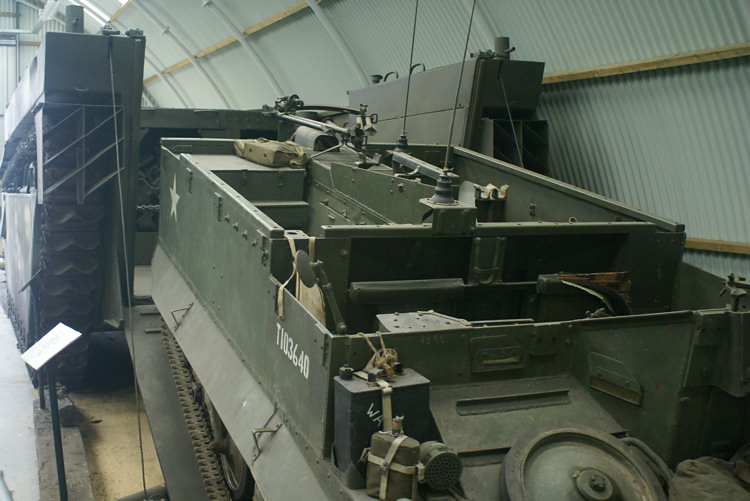
|

